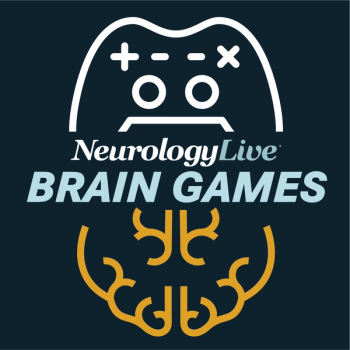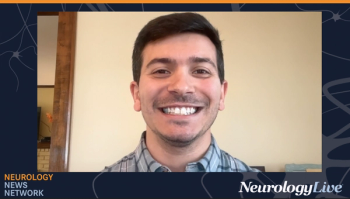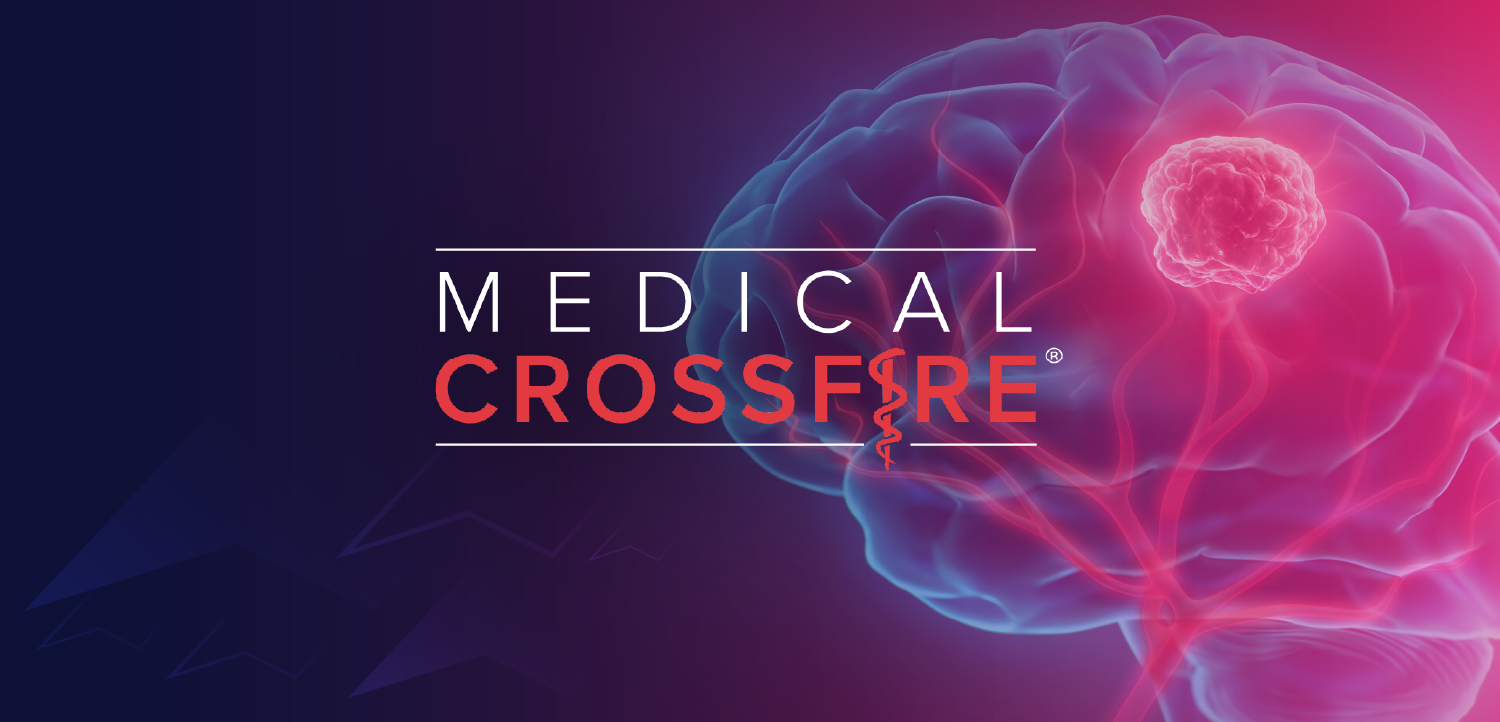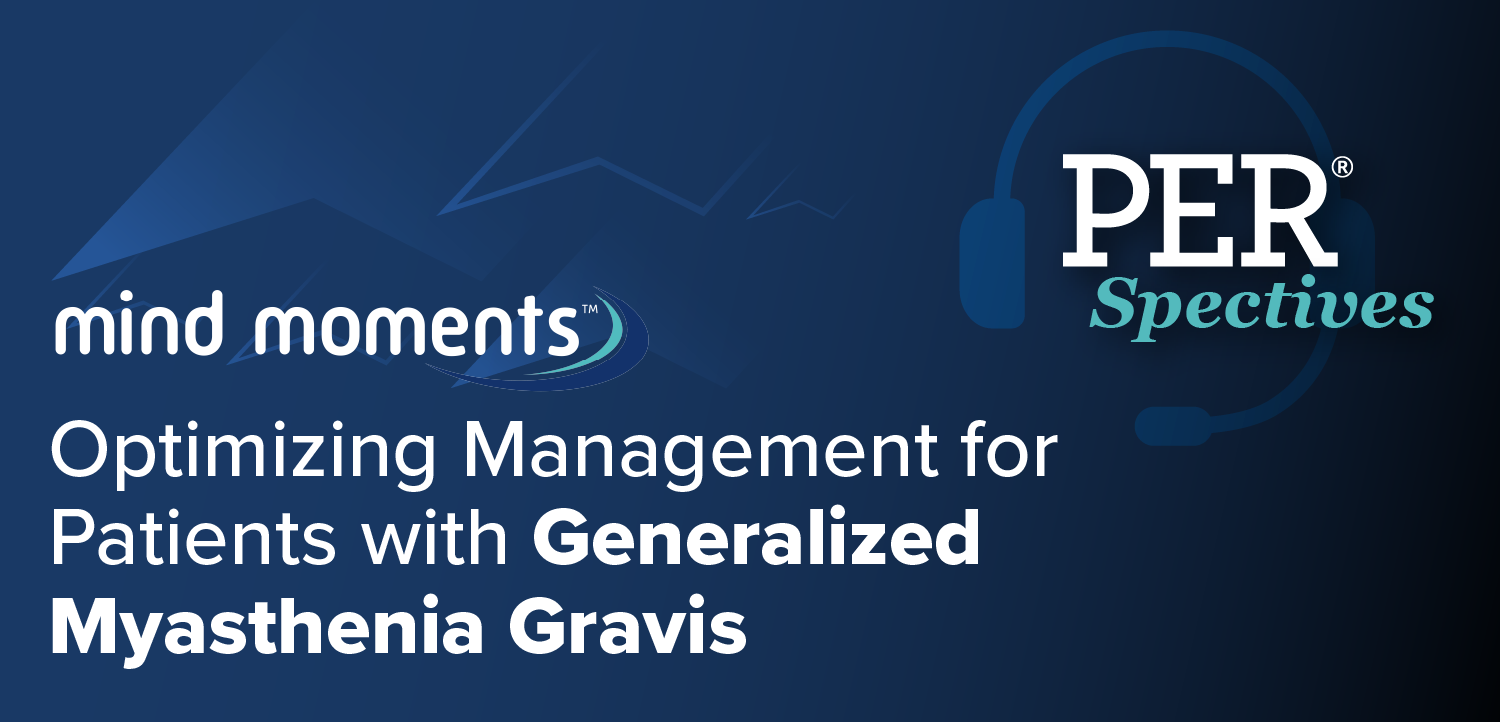
NeuroVoices: Sylvia Villeneuve, PhD, on Detecting Preclinical Alzheimer Disease Through Blood Biomarkers and PET Imaging
The associate professor in the Department of Psychiatry at McGill University discussed the strengths and limitations of PET and blood biomarkers in identifying early Alzheimer disease.
Early detection of Alzheimer disease (AD) may support timely clinical decision-making and care planning for patients diagnosed with the neurogenerative condition. In recent years, blood-based biomarkers have gained more attention by clinicians as potential tools for identifying dementia risk. Studies have shown that blood-based biomarkers are considered less invasive and may be more widely accessible in community health care settings compared with PET imaging or cerebrospinal fluid testing.1
At the
In a new iteration of
NeurologyLive: How do current biomarker patterns in preclinical AD help to inform our ability to predict clinical symptom onset and progression?
Sylvia Villeneuve, PhD: One thing that is important to understand is that there are different biomarkers. There are the PET biomarkers, there are fluid biomarkers, and they don't measure the same species of amyloid and tau. We have 2 proteins that we find in the brain of patients living with AD. One is amyloid, in the form of plaque, and the other is tau, in the form of neurofibrillary tangles. The PET scan allows us to really capture these forms of the proteins that we find in people with AD dementia. So, these markers are extremely good.
Unfortunately, in a study that we showed, cognitively normal older adults who were positive both on an amyloid PET scan and on a tau PET scan. It followed them over 5 years and all of them developed cognitive impairments, about 40% of that group received a diagnosis of AD dementia. So that’s for the PET biomarkers.
The fluid biomarkers, let’s say the plasma blood biomarkers, are absolutely great as well. I mean, it’s just so incredible to have a blood biomarker that can capture the pathology. The only thing is that they're not as specific, so they don’t capture the same species of amyloid and tau, it’s the soluble form.
What I was presenting in the plenary is that there was a paper that just came out a month ago where they showed that in newborn babies, the p-tau217, one of the markers in older adults that is the most closely related to cognitive decline, is super elevated. So, really suggesting that it is possible to have an elevated blood biomarker result that might not be because of AD disease processes.
But that being said, still overall, the blood biomarkers perform extremely well at detecting completely normal individuals who will decline over time. They can detect patients up to 10 years before they will decline, whereas for the PET biomarkers, if you're positive, then you're really close to progression.
What are the most significant challenges in translating biomarker changes into actionable clinical insights for early intervention or monitoring?
Let's start with the challenges around the PET biomarkers. The PET biomarkers are, again, extremely good at identifying patients who will develop cognitive impairment, but they're expensive and they need really a specialized setup. You need to have a PET scanner.
In Canada, for example, it's going to be extremely hard to do, even in cognitively impaired individuals. It’s going to be almost impossible to start doing PET scans. With blood biomarkers, we can do a parallel with vascular health. You can have a panel of markers in your blood to look, for example, at your risk of stroke looking at cholesterol levels and things like that.
I think we can also have a panel of markers in our blood to look at the risk of AD. Because in these blood markers, you look at amyloid, you look at tau, but you can also look at markers of neurodegeneration and markers of inflammation. I think that these markers, when pooled together, are extremely interesting.
I think that moving forward in the clinic, it’s probably going to be possible to do a panel of markers and then identify patients who are at high risk of having AD, the ones that we should really try to intervene with but it's like which patients to watch out for and then the ones that would be in the “okay” zone.
In what ways might individual variability, such as genetics or comorbidities, affect the interpretation of biomarker trajectories in preclinical stages of AD?
ApoE4 increases your risk of getting AD and being a woman puts an increased risk as well; those are 2 of the main risk factors with older age. But when you're positive on the PET biomarker, at that time, we’re pretty sure that you have the pathology related to AD in your brain. For the plasma biomarker, there can be other information that can help us decide the level of risk based on the blood biomarker.
If I could rephrase the question a little bit, because where do we want to go with this? We want to identify patients for preventive trials. Then eventually we want to have a treatment to really help people slow down the disease, even before cognitive impairment.
One thing that we need to put more emphasis on is trying to understand why women and ApoE4 carriers are more at risk. The ApoE4 allele is the ancestral allele. In evolution, at 1 point, it was a good thing to be an ApoE4 carrier. However, now it’s a risk factor. So why? How has it become a risk factor?
I think that in terms of prevention, these are the types of questions we should ask ourselves. Another thing I was discussing in the plenary is that we know now a lot about the preclinical phase of the disease, but we don’t know why patients start that phase. What brings a patient from normal aging, whatever that means, to being in the preclinical phase of the disease?
If you look in terms of age, the preclinical phase of AD probably starts in the 50s. This is exactly the age at which women usually go through menopause transition. One of the things we discussed is: Is it possible that the changes happening in menopause, such as changes in glucose metabolism, changes in insulin, vascular factors, could that set the stage to help the proteins come together? And could that facilitate the actual start of AD? I think that these are the types of research questions we should be asking.
Are there any notable clinical trials that are investigating blood biomarkers in preclinical AD?
There is increasing evidence suggesting that if you miss a night of sleep, that’s going to change your fluid biomarkers of amyloid and tau. If you don’t sleep, you have more elevated levels of amyloid and tau. It’s a bit complicated because the amyloid in the fluid goes down, but if you’re sleep-deprived for 1 night, it’s going to change your amyloid and tau fluid biomarkers. We got interested in asking the question: Could we try to modify sleep to try to reduce the risk of AD?
When we were looking at the literature, we found a study from 2023 that suggested that by giving a DORAs, a new class of medication for sleep, individuals who took a DORA acutely had changes in the phosphorylation of tau and also in their levels of amyloid. There is now more recent evidence suggesting that mouse models of AD that are treated with DORA, this sleep drug, show less atrophy in their brain when followed over time. They have less phosphorylation of tau, and also, microglial processes related to inflammation are changed.
It seems that DORA, this sleep medication, seems to be protective against starting to accumulate these plaques in the brain. We’re going to test that at McGill University. We’re going to enroll preventive participants, and then we’re going to put them either on the placebo or on the DORA, follow them for 1 year, and then see if we were able, in that year, to change the fluid biomarkers suggesting early pathological processes.
Transcript edited for clarity.
REFERENCES
1. Grande G, Valletta M, Rizzuto D, et al. Blood-based biomarkers of Alzheimer's disease and incident dementia in the community. Nat Med. 2025;31(6):2027-2035. doi:10.1038/s41591-025-03605-x
2. Villeneuve S. Biomarker and Clinical Trajectories of Preclinical AD. Presented at: 2025 Alzheimer’s Association International Conference; July 27-31; Toronto, Canada. Plenary session.
Newsletter
Keep your finger on the pulse of neurology—subscribe to NeurologyLive for expert interviews, new data, and breakthrough treatment updates.




































